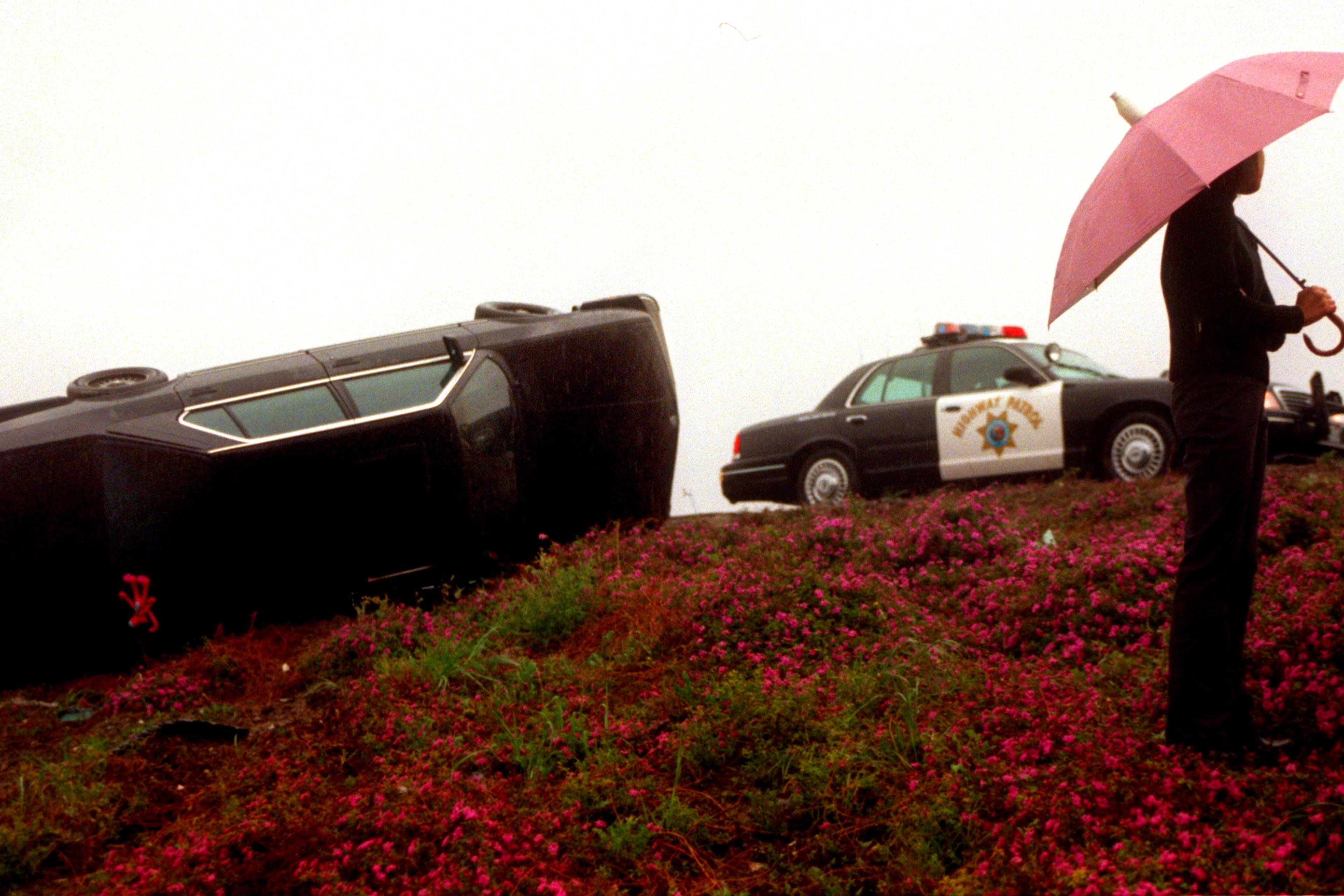You likely have a sense of the sorts of things that make you angry, or afraid, or excited, and what it’s like when these or other emotions arise in you. But have you given much consideration to how these emotional experiences change over time when they’re prompted again and again? After you’re, say, repeatedly interrupted in a conversation, or bumped into several times by a stranger on the train, would your anger keep building like a snowball, or eventually level off?
In a set of studies published recently in the journal Emotion, Evan Polman at the Wisconsin School of Business and his colleagues zoomed in on some of these emotional dynamics. Specifically, they looked at anger and guilt, since these are, Polman notes, ‘complementary when it comes to an interpersonal transgression – one party feels angry, the other party feels guilty’. The researchers wanted to know what would happen to that anger and that guilt if an offence was repeated – whether both emotions would continue to increase, and to the same or different degrees.
In studies conducted online, the researchers first asked people how they would feel in hypothetical situations where someone made a mistake that impacted them, or vice versa. Then study participants were asked how they would feel if they committed the same sort of mistake, or were on the receiving end of it, again. For instance, in one scenario, the participant (or their coworker) was said to have screwed up the data for an important presentation – and then done the same thing again. In another study, participants read about five successive, clumsy errors: spilling coffee on the rug (twice), breaking the coffee mug, and so on. After each mistake was described, ratings of anger or guilt were assessed, depending on which position someone was imagining themselves in.
The participants’ ratings suggest that anger and guilt tend to unfold differently in response to repeated mishaps. In the study involving a long series of mistakes, guilt increased more than anger after the first mess-up but soon flattened, while anger built steadily in response to successive instances. Summing up their findings, the researchers wrote that ‘guilt appears to be a state that is either on or off, changing comparatively little once activated (like a switch), whereas anger is more elastic and subject to bigger increasing and decreasing shifts (like a dial).’
Another study involved a real-life disappointment: individuals were told either that a remote partner had let down their team in a computer-based task and cost them a cash bonus, or that they themselves had let down the team. Then, the same thing happened again. (Unbeknownst to them, there was no partner, and the results were fake.) The anger ratings of those who’d been let down increased with repeated errors, while guilt among those who were told they’d messed up remained flat after the first instance.
Across the different studies, as anger kept inching up, guilt – an emotion that’s been theorised to prompt relationship-mending after a transgression – seemed to plateau. It was ‘as though there is just a limit to whether guilt will be functional’ after repeated offences, says Polman.
Emotional elasticity might vary across different sorts of real-life situations
The researchers adopted the term elasticity to describe the extent to which an emotion’s intensity changes in response to successive events. In these studies, anger seemed to be the more elastic emotion. Ratings of anger also decreased more than guilt did in response to a scenario where someone made up for their mistake – suggesting its elasticity goes both ways.
There are, of course, limitations to the studies that raise the question of whether anger and guilt would unfold differently in other situations. Perhaps anger’s ascent would be more frontloaded – more like what was observed with guilt – in response to a more harmful or more intentional offence. Similarly, emotional elasticity might vary across different sorts of real-life situations; most of these studies involved hypothetical ones.
Another of the studies hinted at ways there could be more to the elasticity story. In this case, when the hypothetical victim or transgressor was a best friend (rather than a coworker), anger did not seem to change much more than guilt did in response to a repeat offence.
The new paper opens the door to further investigations of how emotional responses change over time, including whether other emotions – such as joy, sadness or fear – are more or less elastic following repeated joyful, saddening or frightening events. ‘What I think is missing from a lot of psychology work,’ Polman says, ‘is that we don’t know how effects change – how do they decay as time goes on; do they strengthen as time goes on?’
Sometimes our daily experiences or social interactions provoke the same emotion over and over. As for how that plays out over time, these intriguing results suggest it depends on whether you’re feeling angry, guilty, or something else.








